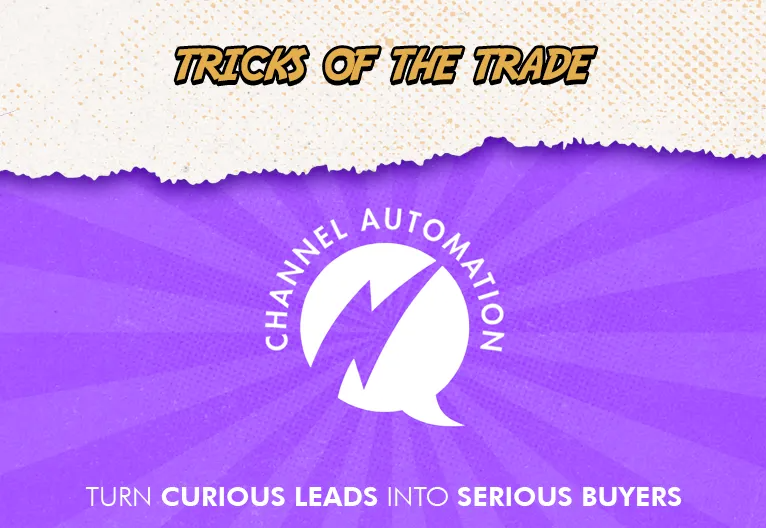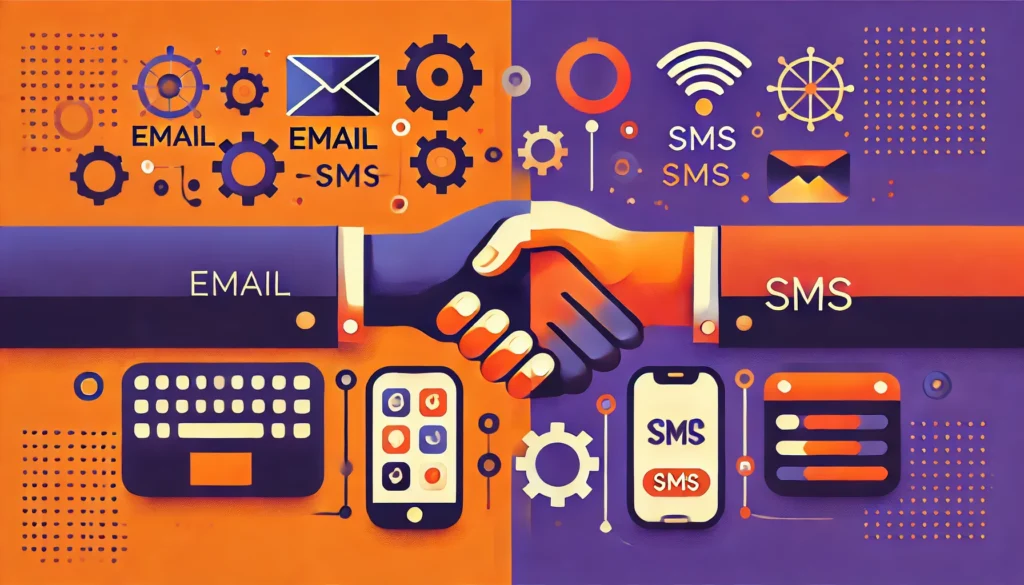Keeping a Prospect’s Interest
Product
Every day the average person is consistently being show ads from many different companies. It’s so commonplace and impossible to avoid, that we have adapted to blocking out most of what we are being shown. How can you best get the attention of your target audience without blending into the same advertising your competitors are serving up to them? When your target ad delivery is digital, the first step is attention and engagement.
The formula, as you may have seen discussed in our previous blogs, is Hook, Body, Call to Action. We’re going to be giving you some different examples of how to successfully use this formula to write compelling content for your digital advertising.
First Impressions – The Hook
If your company is not already known, you’ll have to work extra hard to release content that resonates with your audience. Just like a good book, your ad’s headline should be controversial enough that is draws your audience’s attention. Controversial, when used in marketing, doesn’t mean you’re out to offend anyone. You’re simply using a hook in your ad that make your COMPETITORS stop and think, ‘oh…that’s bold to be putting out there’.
Let’s say every window company in one area is serving ads with people looking happy out the window at a sunny day. Then one window company shows a kid knocking a baseball into the window, but the window doesn’t break. The kid looks confused and is holding the ball, and the headline reads, “unpredictably tough, visually beautiful”. The second ad would obviously stand out from the crowd and would appeal to audiences in areas with heavy weather or higher crime rate. This is the type of controversial marketing hook that will draw attention and get your audience ready to listen.
Establishing Need for Your Service/Product – The Body
Companies that are excellent at grabbing attention tend to struggle with body of the engagement. Once a prospect is willing to speak with you, you want to establish common ground with them before asking them for anything. Think of the most concise way to deliver the message, ‘working with us (or purchasing our product) will make your life better’.
Control the conversation by asking questions that will result in your prospect feeling comfortable enough to move to the next step. Examples would be, “what made you decide to contact us today? Do you currently have ? Is your current in need of an update?”. The result is that the prospect concludes that what their currently have isn’t meeting their needs and working with you will change that.
There are ways to use this technique incorrectly. First, if you are so eager to make a sale that you are not listening to the prospect’s answers to your questions, they will feel that whatever service/product they receive may not fix their specific situation. Listening, repeating their specific needs back to them, and adapting your script to their situation is the best way to establish prospect trust.
Secondly, if you can’t find out enough details from the questions you ask, the engagement is unlikely to continue. Avoid asking questions that can be answered with a simple ‘yes’ or ‘no’. You want the client to give you details about why they want to work with you because they themselves may not be fully convinced at this time. Having a script that is frequently updated and adapted to your specific audience will set you and your team up for more specific conversation.
The Agreement – Call to Action
You’ve gotten past the hardest part, and now it’s a matter of getting the sale or getting the appointment. After you establish trust with your prospect, it’s time for you to request action of them. If asking directly leads to hesitation, use what was discussed in the body as reinforcement for your case. They reached out to you for a reason and putting it off is not going to improve their current situation. A great way to add more value to your business specifically, so that they don’t go with your competitors, is to hear and understand their hesitation and provide them media that headlines your credibility. Having testimonials, reviews, and videos of your process on your website is a great place to point them to if they still are hesitant.



